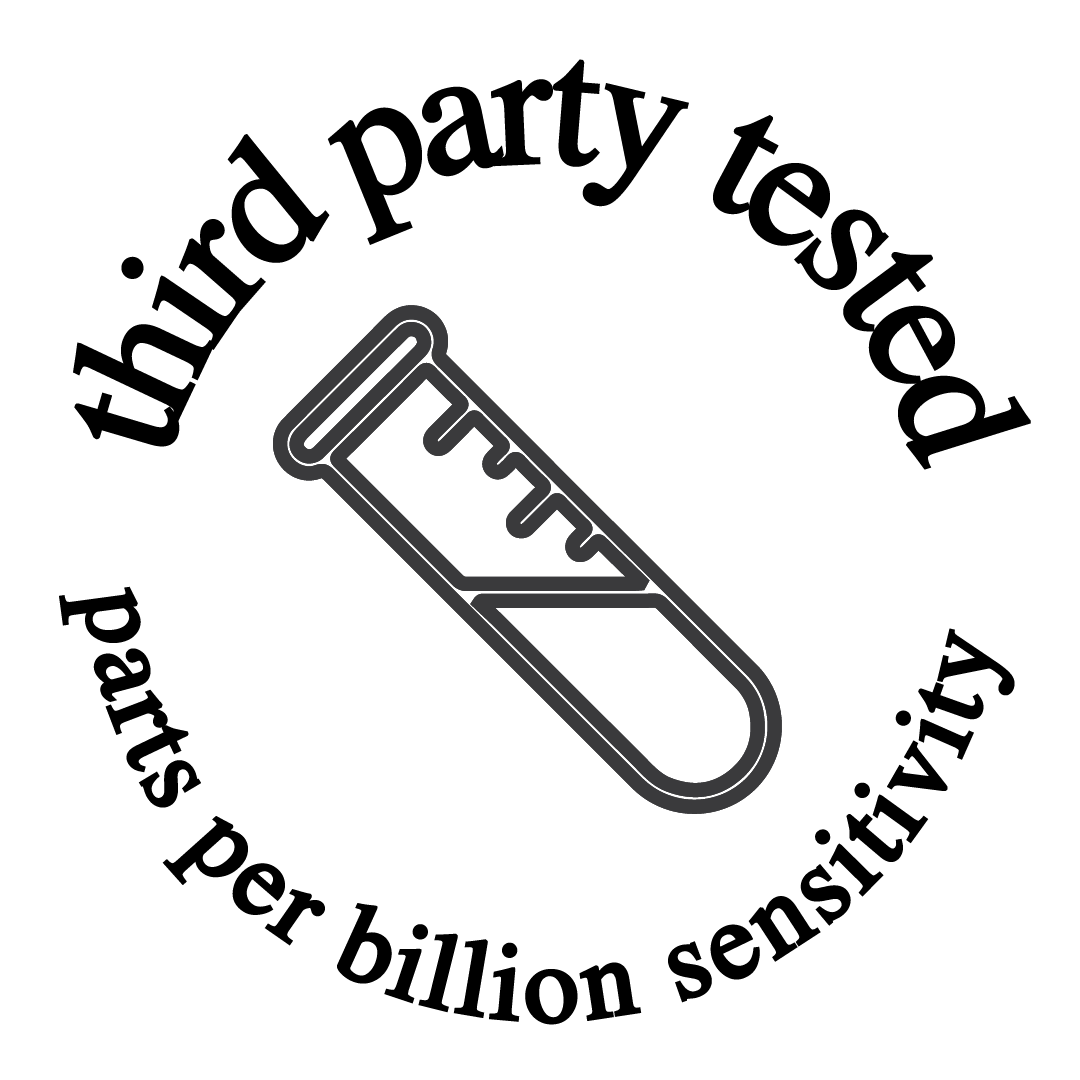read time: 5 minutes or less.
blue light + stress.
table of contents.
- intro
- chronic stress
- maladaptive resource allocation
- what blue light does to the body
- retina cell process
- delay of melatonin
- effects of stress and blue light on the body
- delay of stages 3,4 sleep
- lack of sleep
- lower immune system
- unable to repair and rejuvenate
- what to do about it
- less screen time before bed
- create a great sleep routine/hygiene
- blue light glasses
- helpful for protection
- you don’t want to wear them all day
- wear them in the evening to protect
- less during the day more during evening
- keep you on your proper circadian rhythm
screens have become our companions wherever we go. it’s extremely difficult to go a moment without them unless we intentionally create time (and head to a space) without them. without realizing it, and although highly convenient, our precious devices have added to and become a large part of the over-stimulation, stress issues we face. due to the relative newness of artificial blue light, our bodies have yet to efficiently evolve to protect us from the detrimental health effects. therefore, screens contribute to our daily inability to adapt to stressors and have played a deeper role in the fight-or-flight struggle we face on the regular. with our bodies’ attention on producing energy for the sympathetic nervous system functions, we are left with no resources to maintain a healthy body and brain. this maladaptive resource allocation we are so familiar with leaves us constantly dealing with the effects of chronic stress.
blue light vs. artificial blue light (and our bodies).
so what is blue light and how exactly does it affect our bodies? we find blue light on the visible light spectrum with a wavelength of around 450 to 495 nanometers. since blue light has a very short wavelength, it has a high frequency and therefore produces high energy. that light energy is naturally found in the sun and is responsible for suppressing melatonin (sleepy hormone) in our bodies, creating alertness, stimulating cognitive functioning and keeping our circadian rhythms on track (visit sleep + stress for more). when we wake up in the morning, as soon as we open our eyes or draw back the curtains we are exposed to natural blue light from the sun. that light travels through our pupils to the back of the eye, called the retina, where intrinsically photosensitive retinal ganglion cells (iprg) are triggered, depolarized, and inhibit the secretion of melatonin.
along with prevention of melatonin secretion, blue light also plays a role in triggering areas of the brain that keep us alert and control behavior, such as the hypothalamus, brain stem, thalamus, amygdala and hippocampus. along with the natural blue light found in sunlight, is red light. red light has a longer wavelength and contains protective properties for our cells. with the two together, moderated amounts of sunlight are necessary and great for us. unfortunately, the short blue waves of energy are found alone (without red light) in our digital screens: laptops, smartphones, smartwatches, etc. and these devices are usually with us right up until we close our eyes for sleep.
negative effects of artificial blue light.
although you may not feel as though this artificial light is causing a riff to your sleep structure and circadian rhythm, physiologically our bodies are showing negative effects. believe it or not, excess artificial blue light exposure will cause stress and strain on your sleep cycle because those iprg cells that are blue light-triggered will prevent melatonin from hitting your system. this causes your body to refrain from going into your deeper sleep stages (3 + 4) and it will push back entry later and later depending on when your last artificial blue light exposure happened. in stages 3 and 4 of sleep, the body takes care of crucial processes like brain plasticity, repairing tissue, rejuvenating the immune system and clearing out toxic waste. when the body doesn’t enter these stages, or only enters them for a short period of time, the result is lack of deep, quality sleep. this leaves no time to take care of those necessary repair and rejuvenation processes in the brain and body. you’re left feeling tired and foggy and not at your best.
combating artificial blue light stress.
simply recognizing this issue can be huge in avoiding artificial blue light stress on the system. less time in front of a screen will help the retina cue the melatonin needed when external cues (sunset) are given. before sleep, you should be giving your body at least two to three hours away from blue light so your body can adjust and start producing it’s sleepy hormones. reading a book, playing a game, or simply relaxing with your pet are all excellent ways to wind down with your circadian rhythm and create great sleep hygiene.
when to wear blue light glasses.
the last topic we’d like to touch on briefly is blue light glasses and when to wear them. blue light glasses are wonderful for mitigating the detrimental effects artificial blue light exposure we deal with on a daily basis. however, because our eyes are designed to require natural blue light during the day to encourage wakefulness (in line with our sleep-wake cycle), blue light protection glasses should be worn if you’re in front of a screen (computer) for a while and during the later part of the day. they will not cause harm to your eyes if you wear them all day, but it is helpful for your eyes and body to get that daily dose of sunlight. and if you must look at your screen at night, try downloading a “night mode” extension. your screen will then be an orange/yellow light rather than the harmful blue. since blue light glasses do not completely protect your eyes, this will add a bit of support.
definitions.
circadian rhythm.
the circadian rhythm is a biological clock that responds to internal + external cues and regulates the human sleep-wake cycle. during this cycle, there are physical, mental, and behavioral changes that occur. this entire cycle is roughly 24 hours.
starting in the morning, there is an increase in the hormone cortisol which causes alertness. when cortisol is released, melatonin (sleep hormone) is inhibited. there is an increase in blood pressure first thing in the morning and heart rate, respiration and digestion ramp up from lower levels during sleep.
throughout the day alertness, coordination, reaction time and body temperature increase as the body burns through atp energy molecules. when atp is broken down by the brain, the by-product adenosine builds up and fits into receptors that let the brain know it is getting tired from burning energy. the more atp used→ the more adenosine builds up→ the more tired you become. this usually happens around the late afternoon/evening when the body is also getting external cues from the sun that it is time to wind down.
once the eyes stop receiving blue light from the sun, there is no longer inhibition of melatonin and the hormone begins to release. melatonin secretion gradually increases right after darkness, reaching a peak in the middle of the night (around 2am-4am). from there, melatonin begins to decrease up until the release of morning cortisol.
during sleep, the body reaches it’s lowest temperature, blood pressure, heart and respiration rate. brain activity slows down at the beginning stages of sleep and spikes during rem stage. brain plasticity and the immune system are highly active during sleep hours.
humans have evolved to sleep as it is a way for the body and brain to repair, rejuvenate and conserve energy. this evolution has been fine-tuned over thousands of years so that the human species can survive and thrive at peak capacity.
maladaptive resource allocation.
the body's process in which valuable energy resources are diverted away from crucial biological processes (immune system, digestion, detoxification, neurogenesis, etc.) in order to fuel the fight-or-flight response that is triggered by the sympathetic nervous system. maladaptive resource allocation happens overtime when the body and brain are chronically stressed as energy is consistently being utilized to support processes like increased heart rate and breathing, muscle strength, heightened vision, and a shift towards the instinctive, reactive part of the brain. overtime, there is massive imbalance in the body as homeostasis is constantly being disrupted by the stress response
natural blue light + the body.
blue light is part of the visible light spectrum. the light spectrum consists of red, orange, yellow, green, blue, indigo and violet. each color varies in wavelength, red having the longest wavelength (620–750 nm) and violet having the shortest (380–450 nm). the wavelengths are measured in nanometers with the longest wavelength having the lowest frequency the shortest having the highest frequency. the frequency is directly correlated with energy so the longer wavelengths omit low levels of energy and the shorter wavelengths omit high levels of energy. blue light has a short wavelength and therefore omits high amounts of energy.
natural blue light is found in the sun and helps regulate our sleep-wake cycle so we feel awake during the day and sleepy at night. when natural blue light hits our eyes, it travels to the back of the eye called the retina. cells in the back of our eyes, called intrinsic photosensitive retinal ganglion cells (iprg), are triggered and inhibit the secretion of melatonin (sleep hormone). when there is no sunlight, our bodies understand that waking hours are winding down and it is time to start secreting melatonin so the body can get ready to sleep.
along with blue light in the sun, there is red light. red light contains protective and rejuvenating qualities for the cells in our eyes and also boosts mitochondrial function which plays a role in preventing iprg cell death. due to the teamwork of these two types of light, moderated amounts of natural blue light are highly beneficial for the body.
think about it like a “full-spectrum” herbal preparation. having the entire chemical make-up of a plant provides balance, where isolating a specific chemical may result in some negative consequences.
unfortunately, artificial blue light does not carry other types of lights and therefore can have harmful effects on the cells in our eyes over time.
references.
- kim, h. s., kim, y. j., kim, s. j., kang, d. s., lee, t. r., shin, d. w., kim, h. j., & seo, y. r. (2019). transcriptomic analysis of human dermal fibroblast cells reveals potential mechanisms underlying the protective effects of visible red light against damage from ultraviolet b light. journal of dermatological science, 94(2), 276–283. https://doi.org/10.1016/j.jdermsci.2019.03.003
- hussain biology. (2017). melatonin inhibition and circadian rhythms. youtube. https://www.youtube.com/watch?v=mrj8jjonaf0&ab_channel=hussainbiology
- tosini, g., ferguson, i., & tsubota, k. (2016). effects of blue light on the circadian system and eye physiology. molecular vision, 22, 61–72.
JOIN OUR MAILING LIST.
join our botanical crew and enjoy 15% off your first order.







